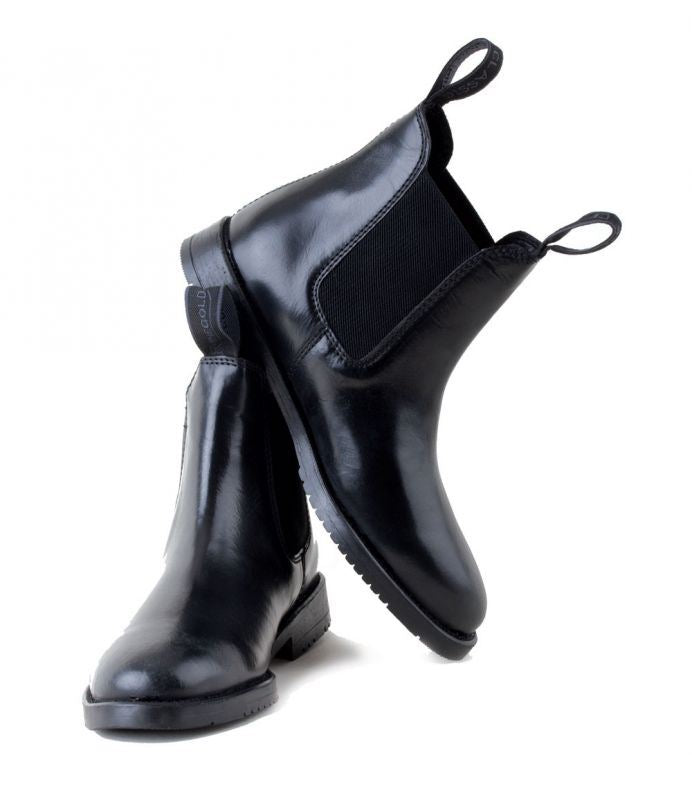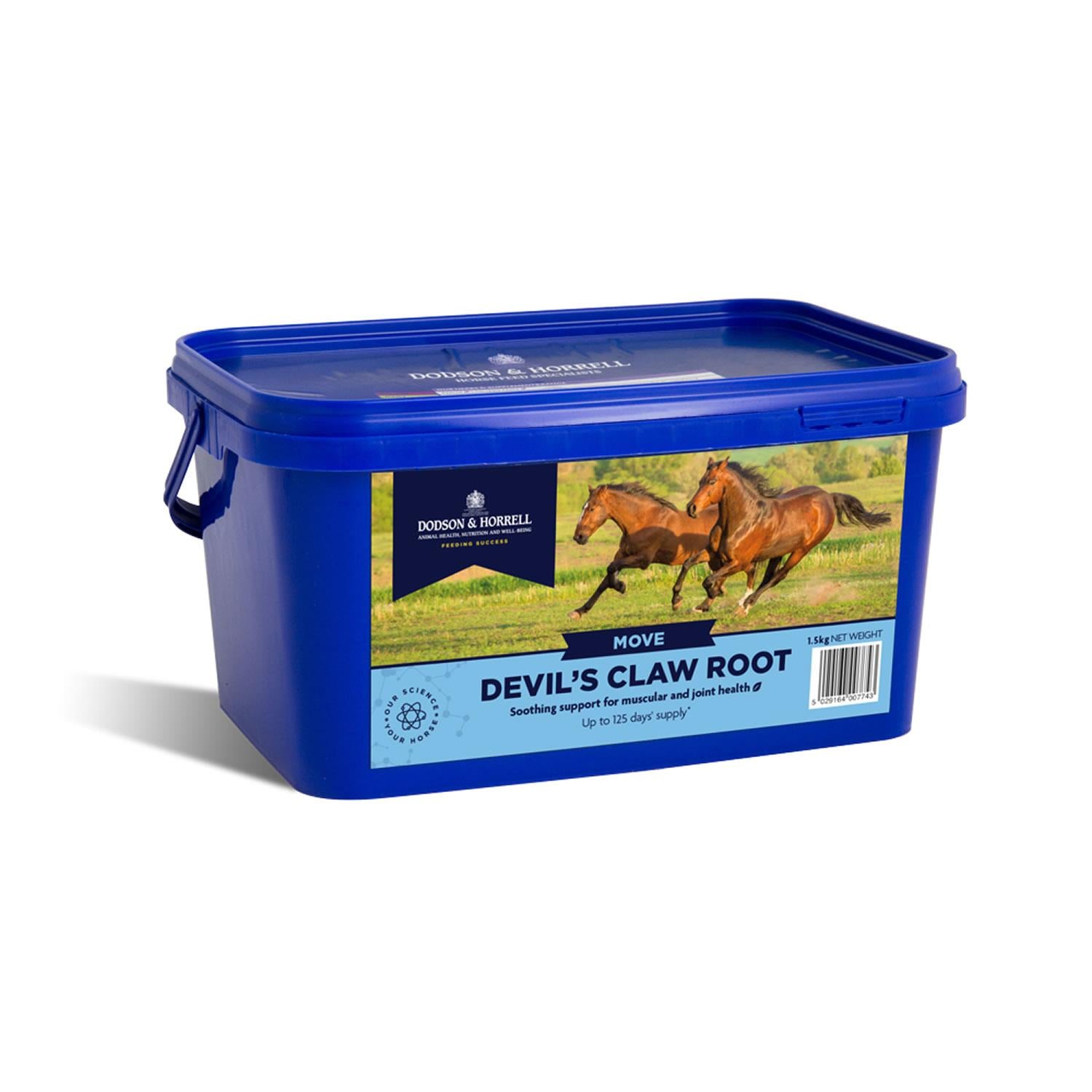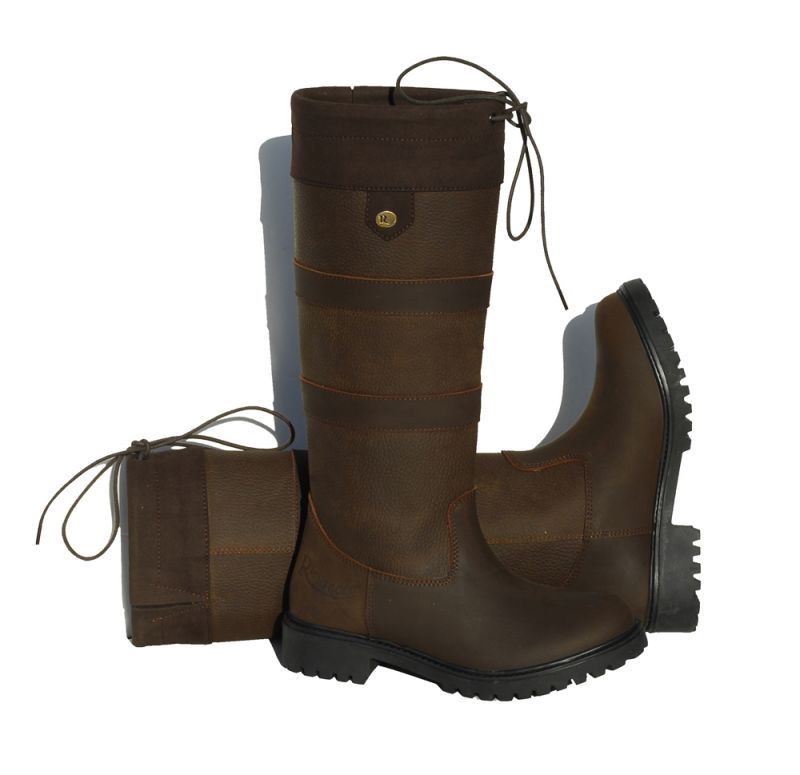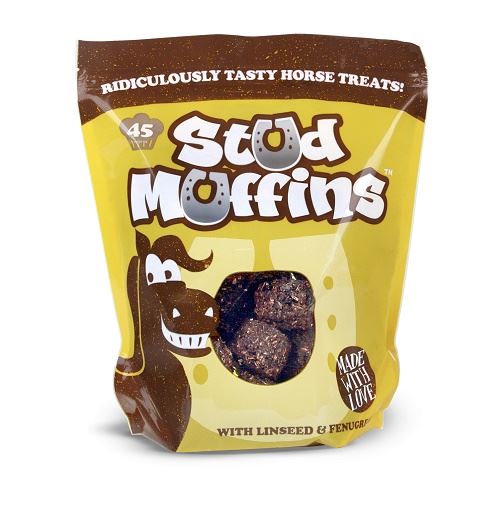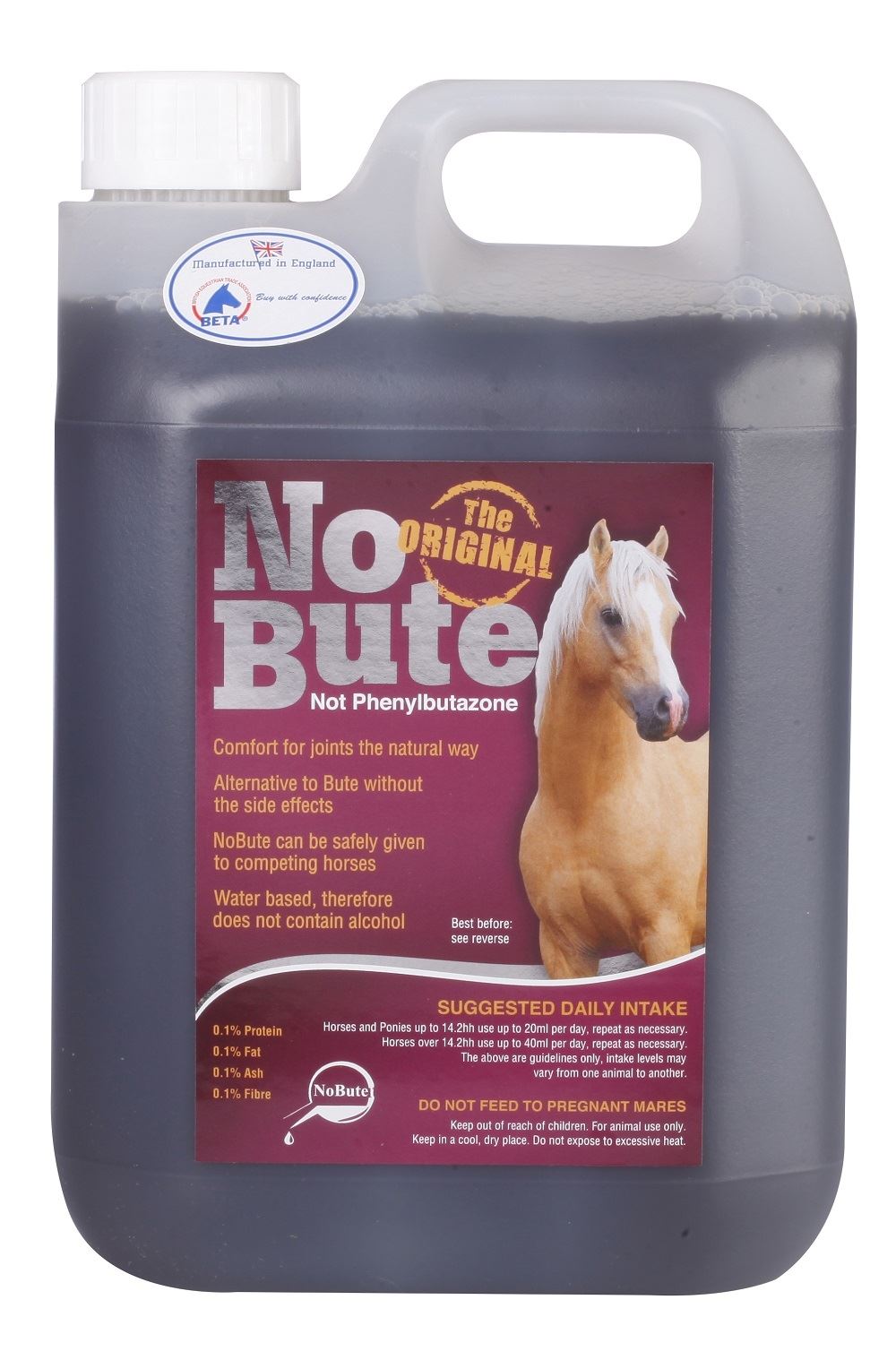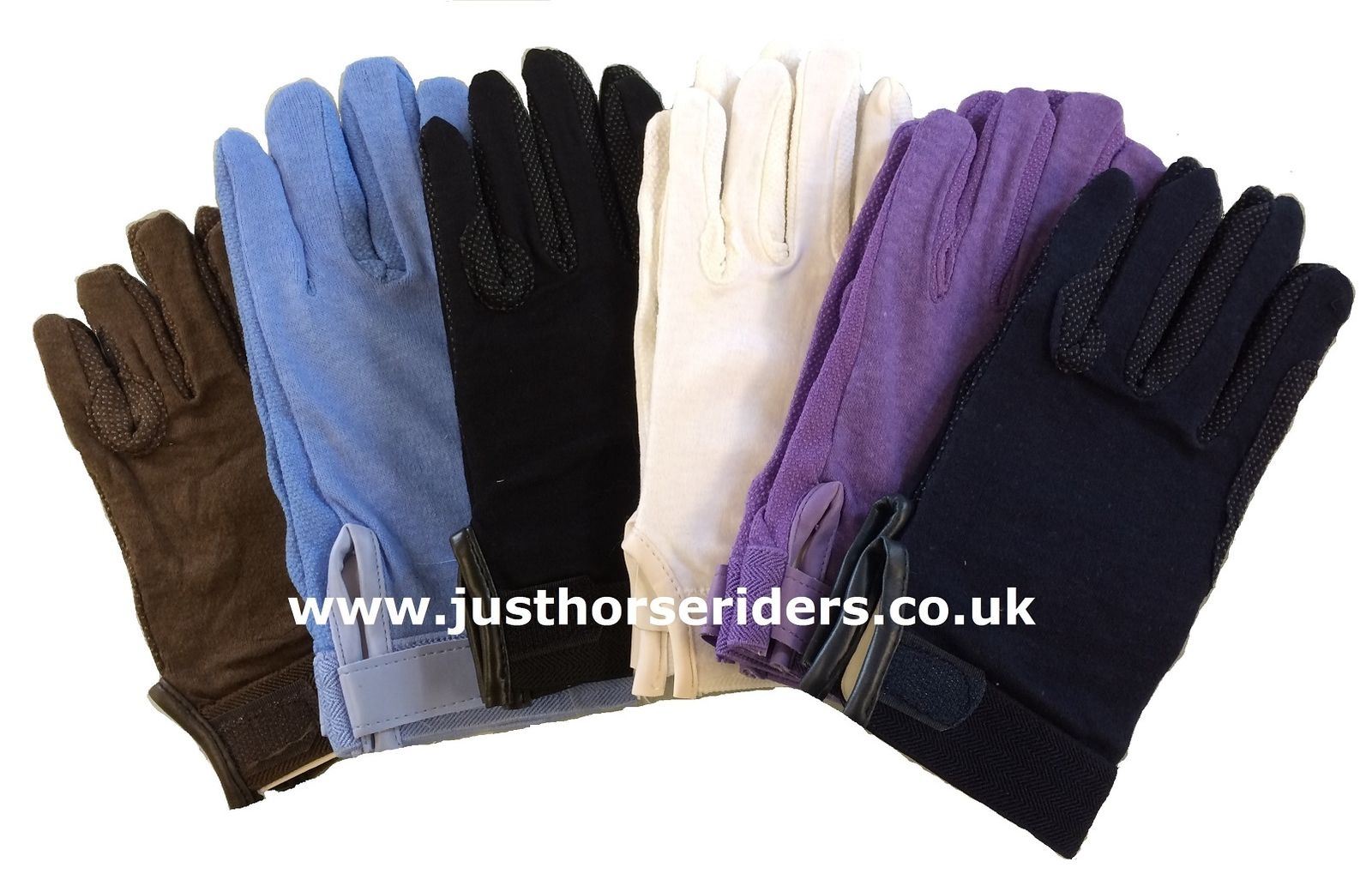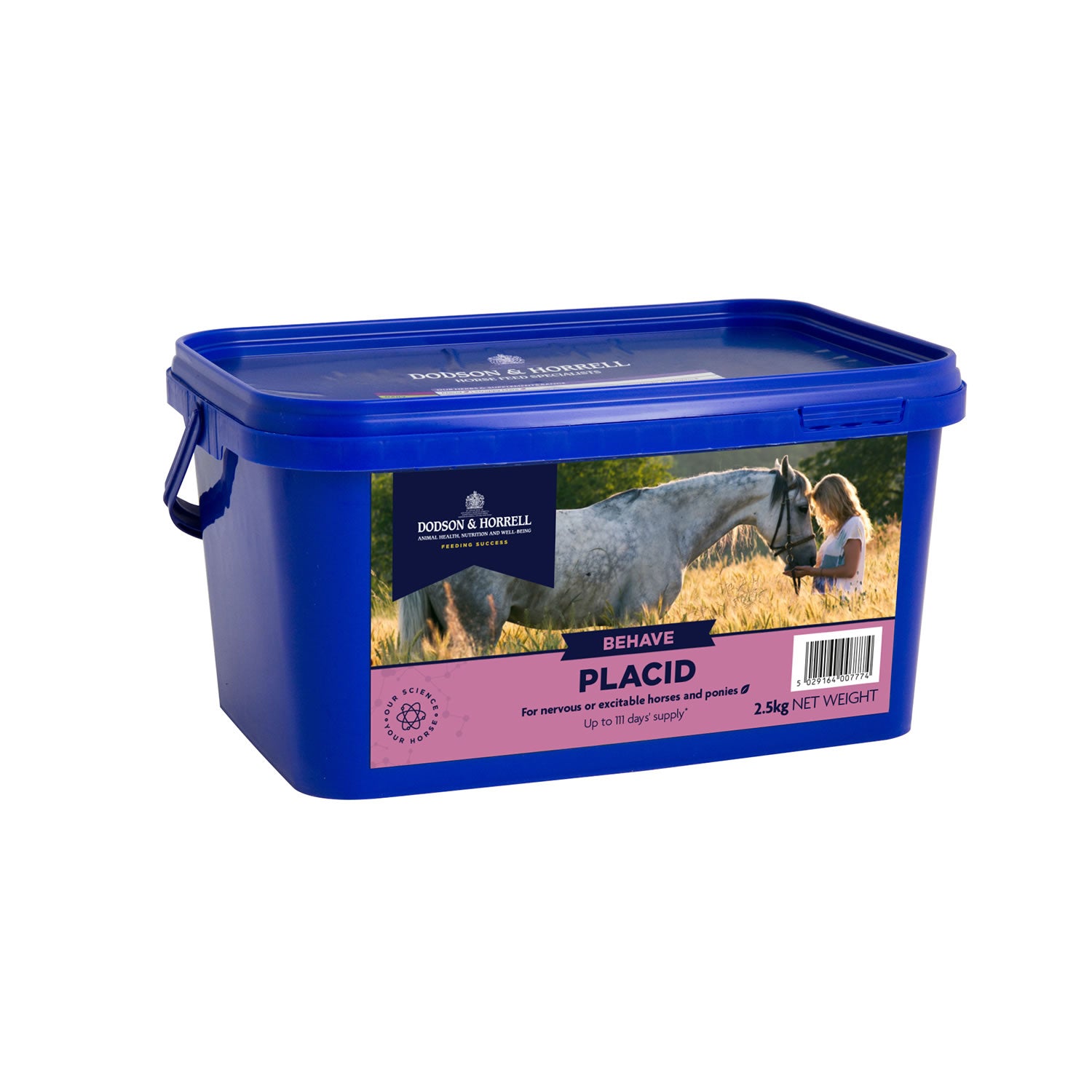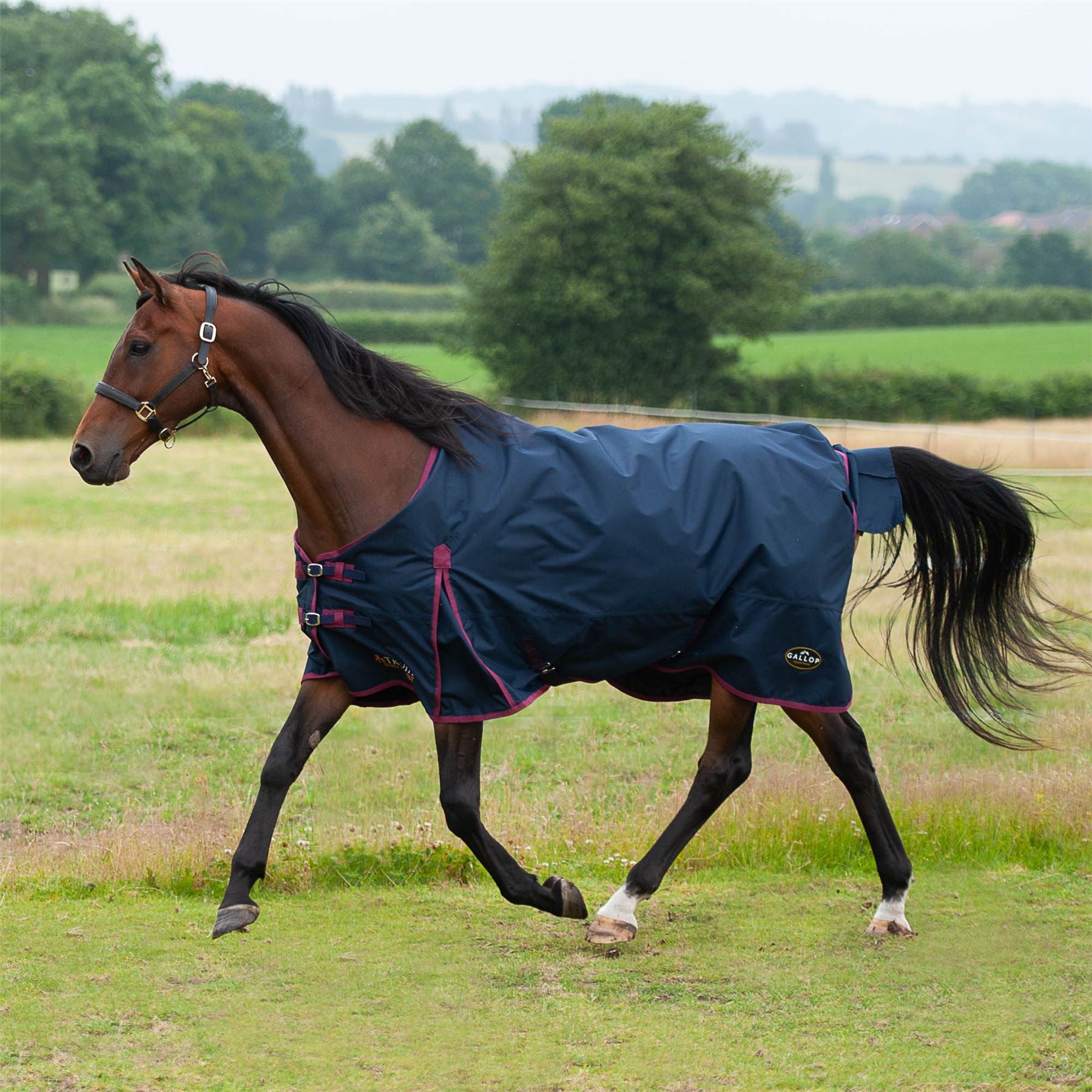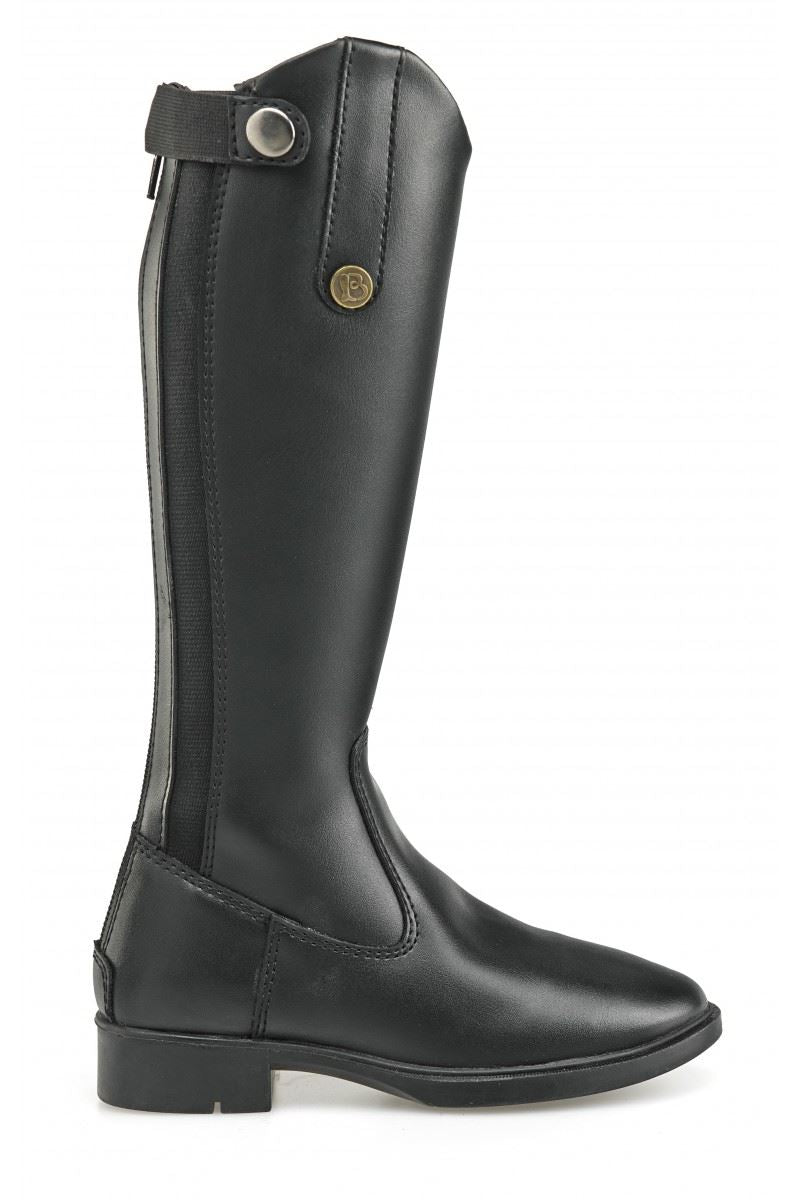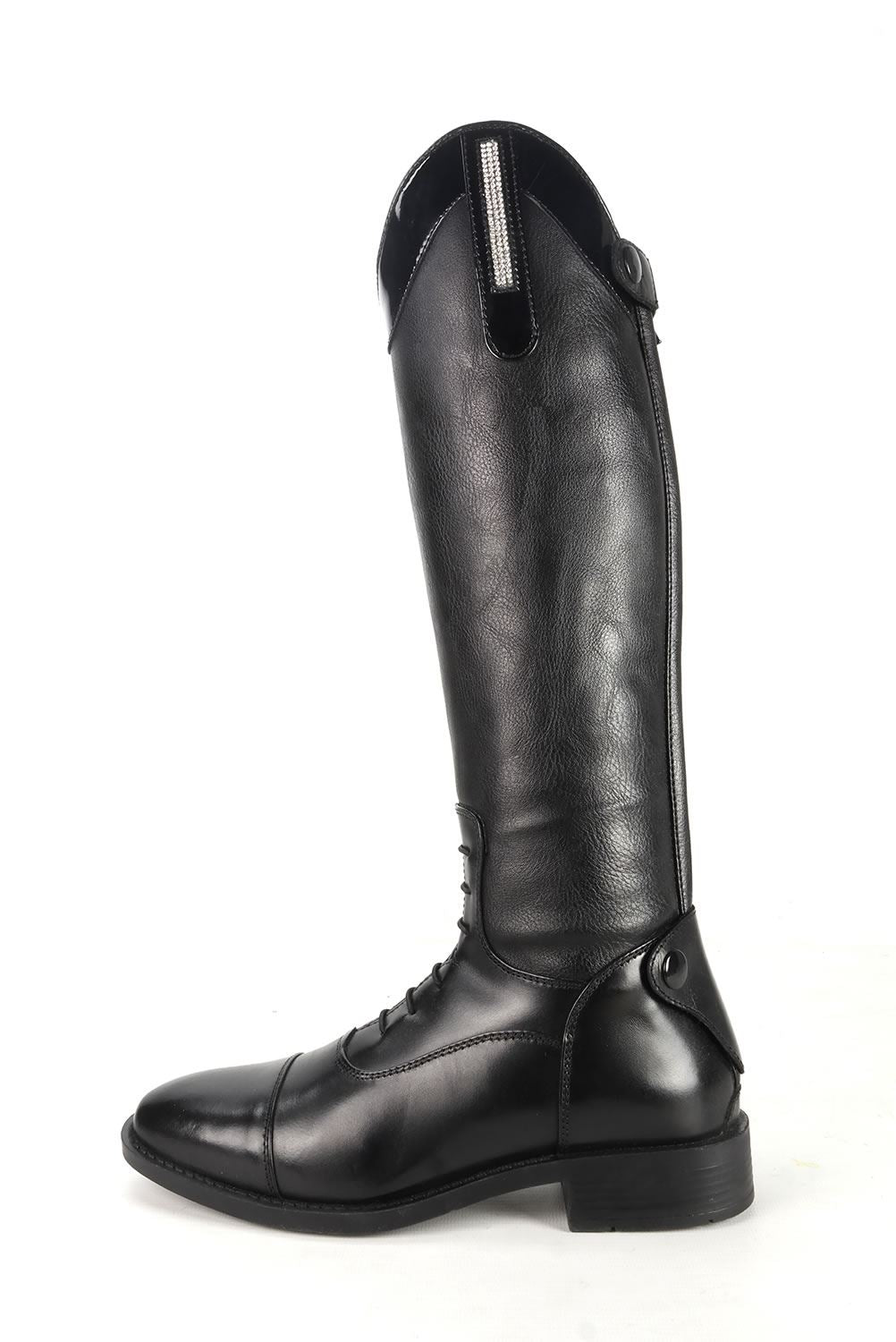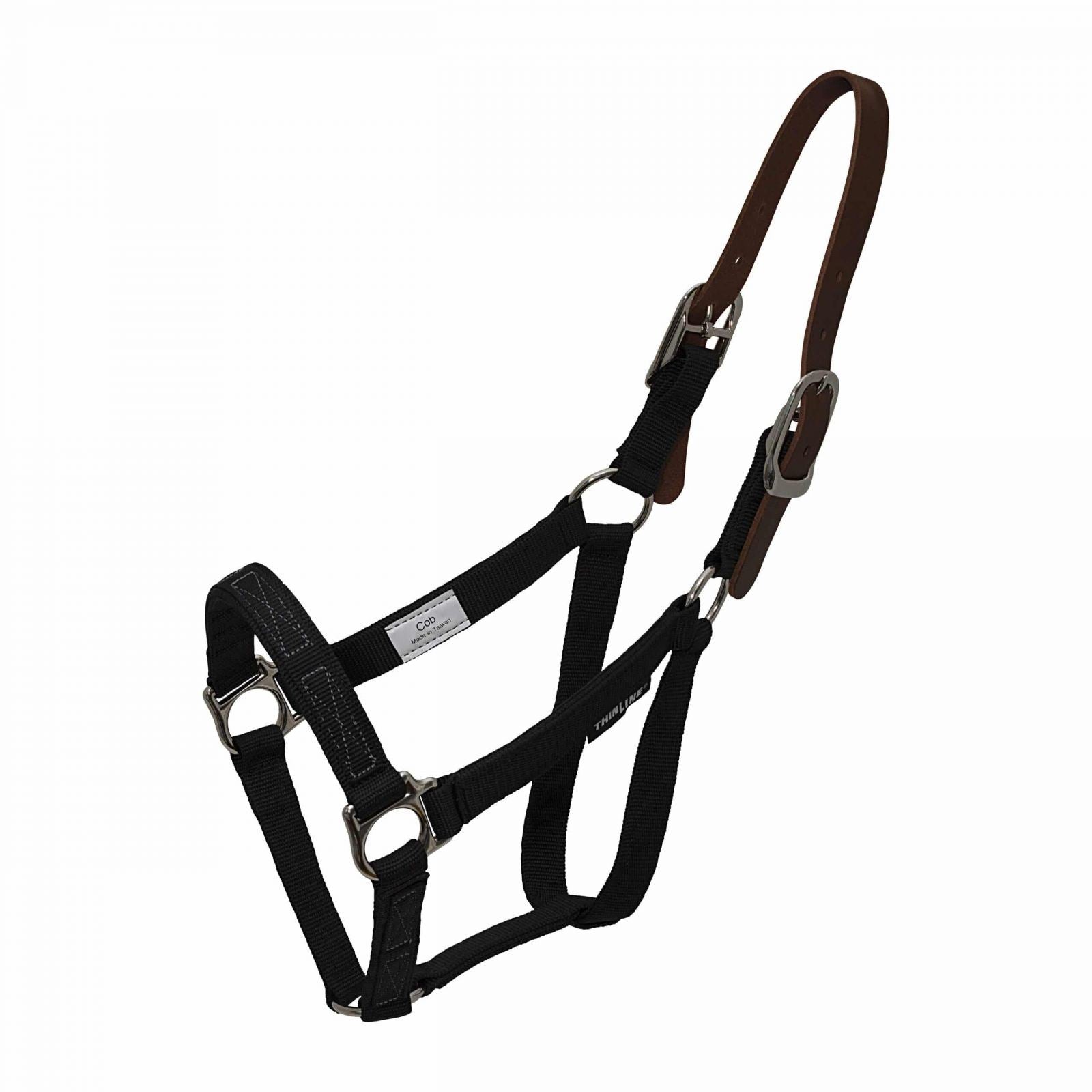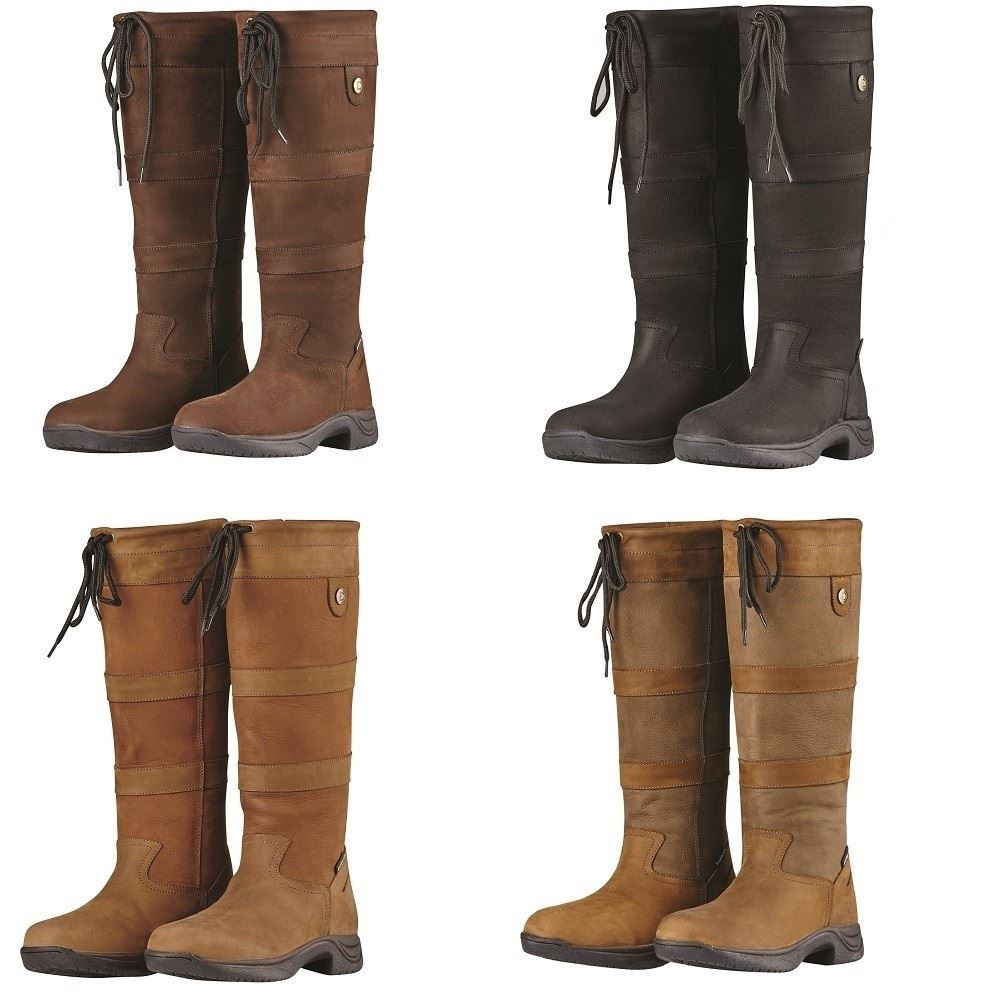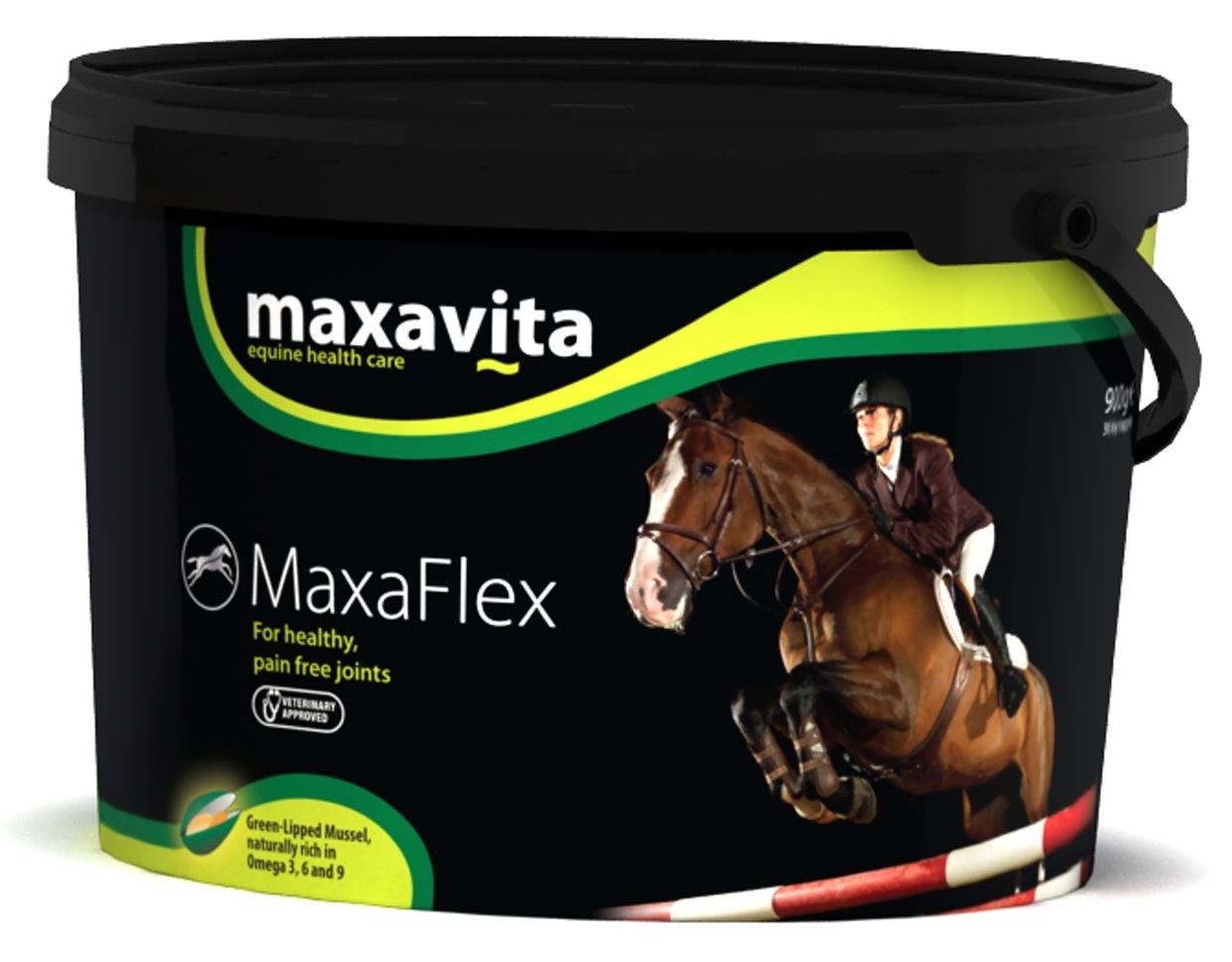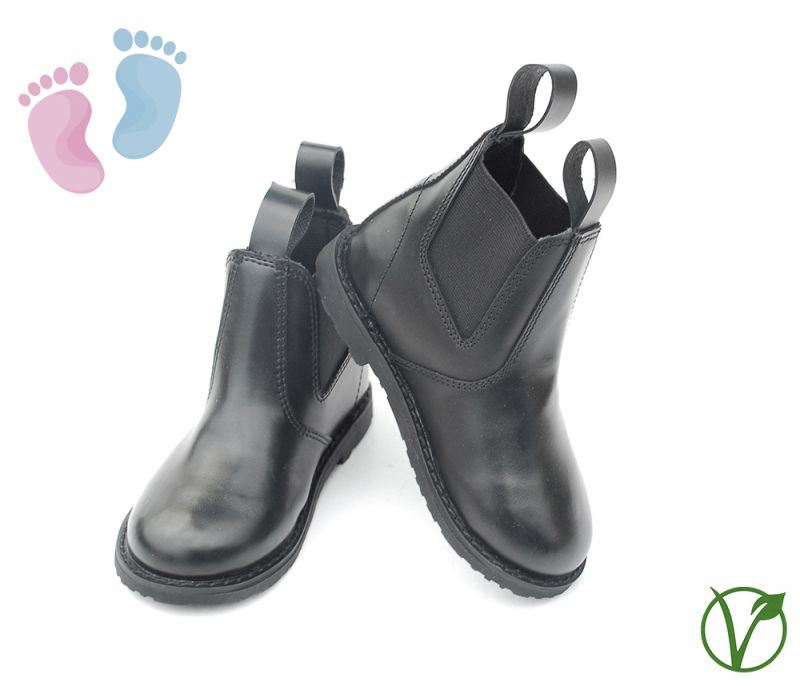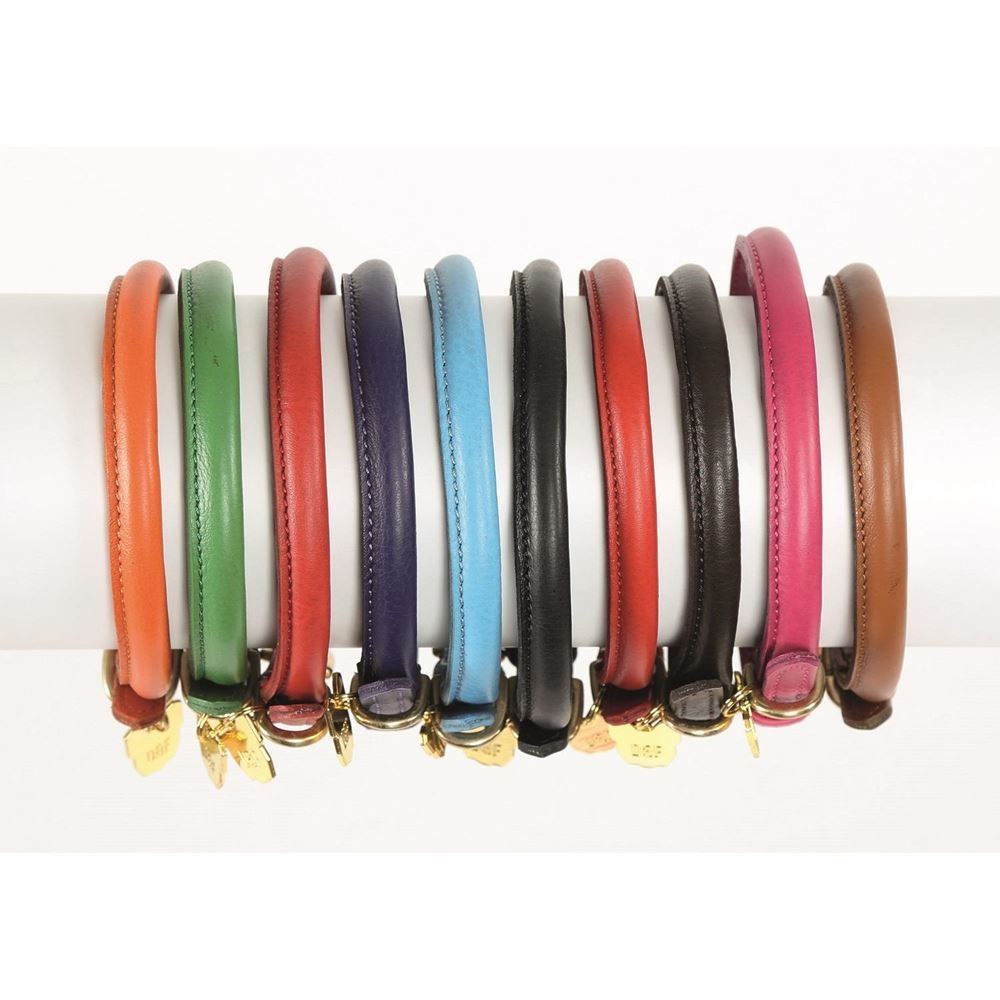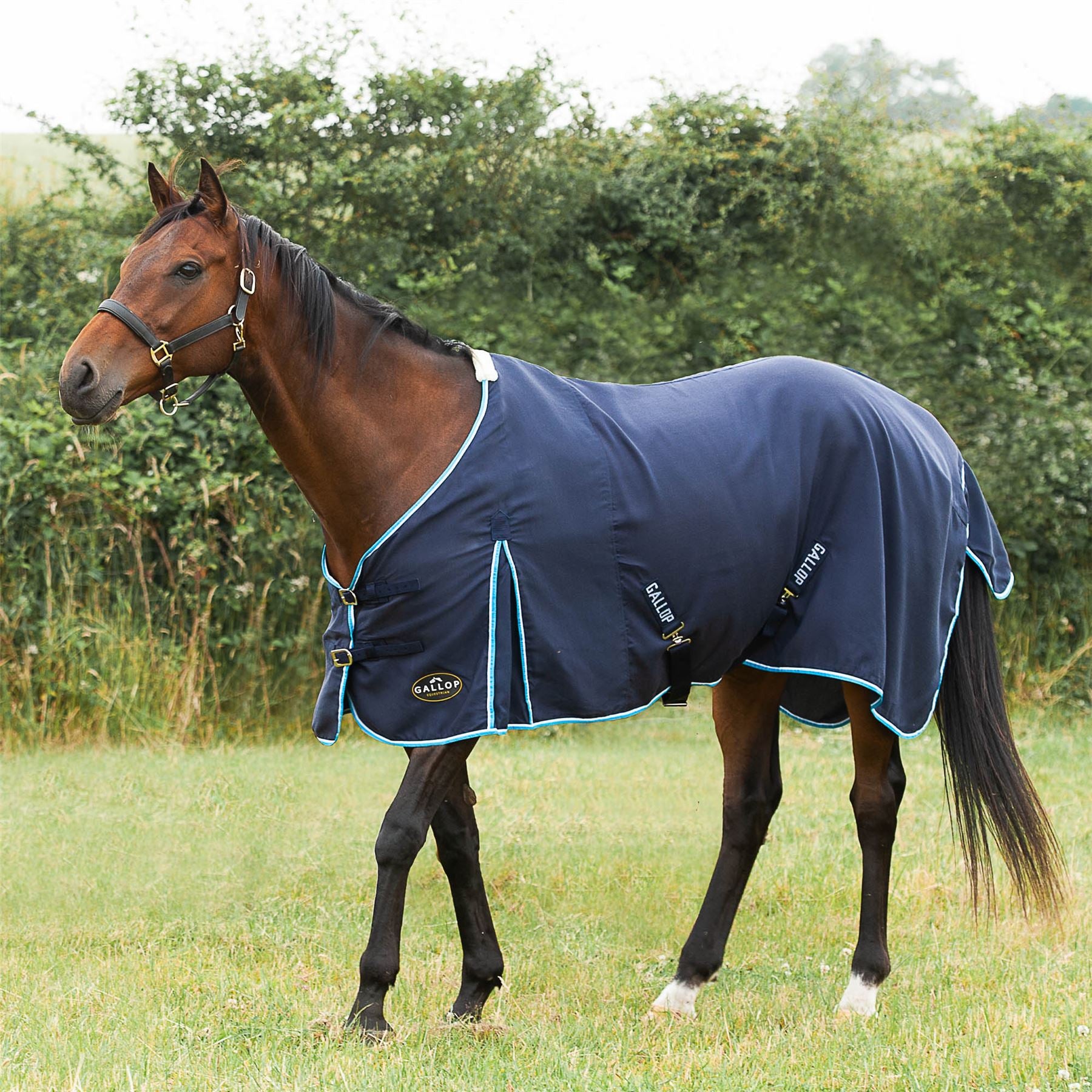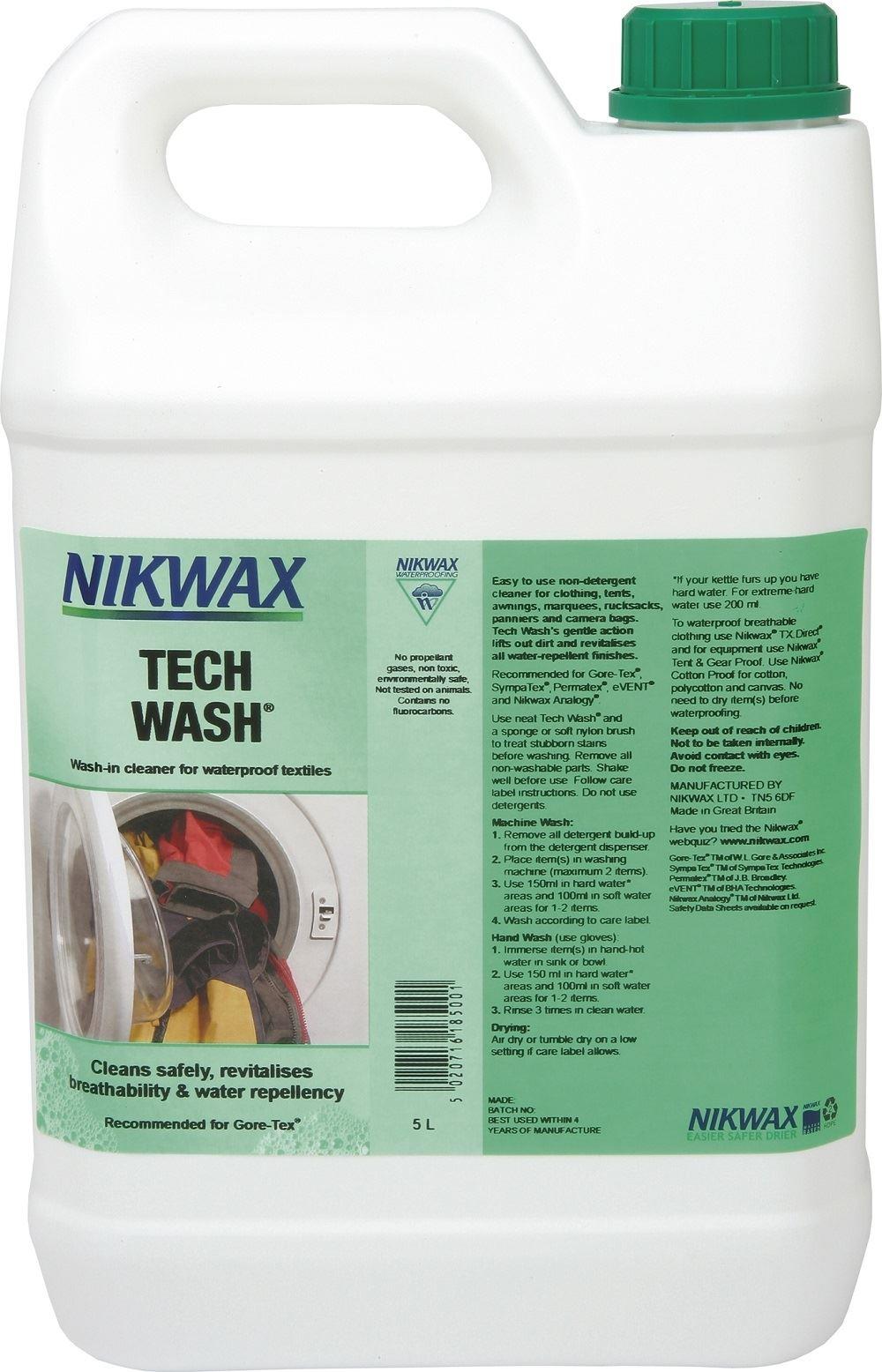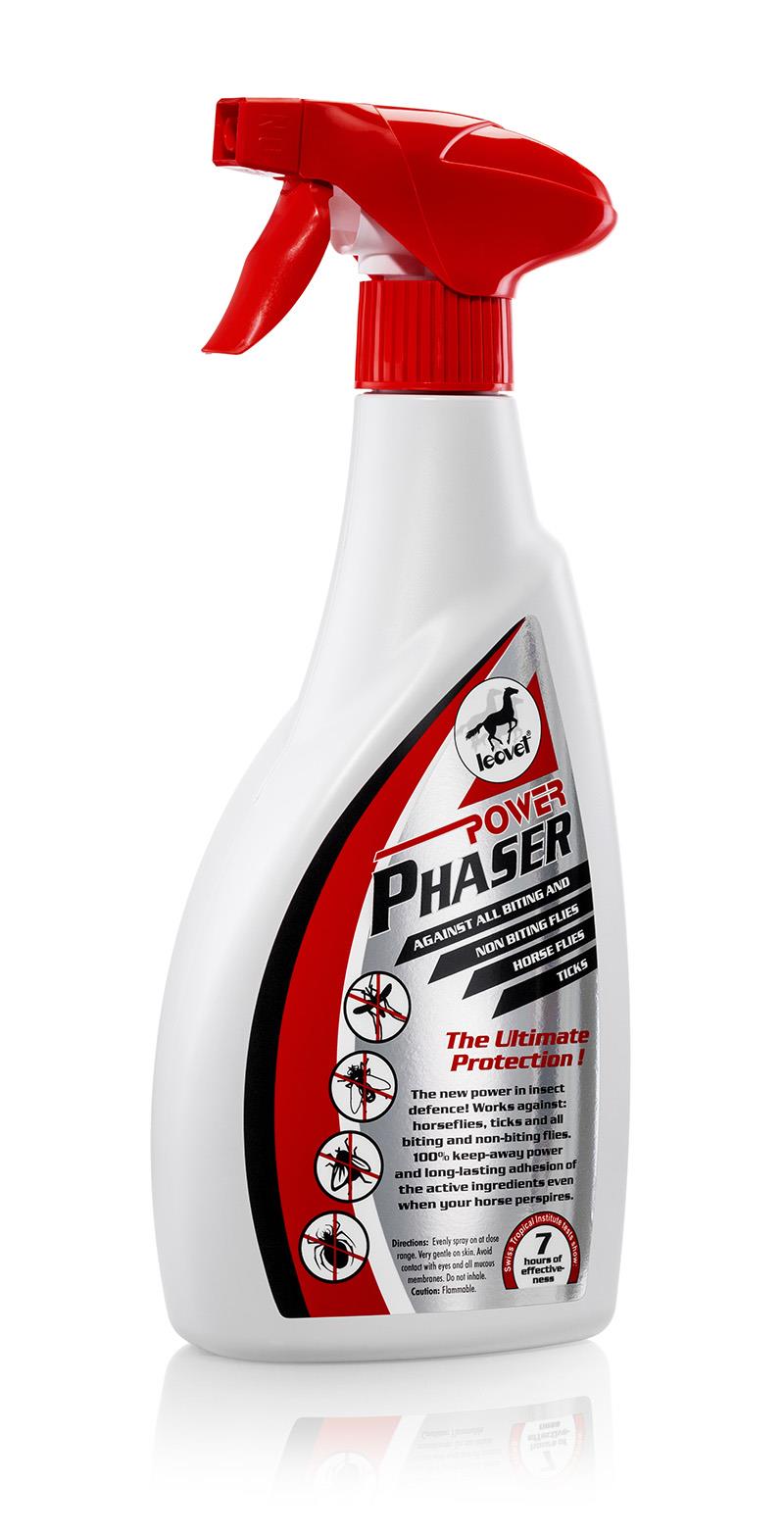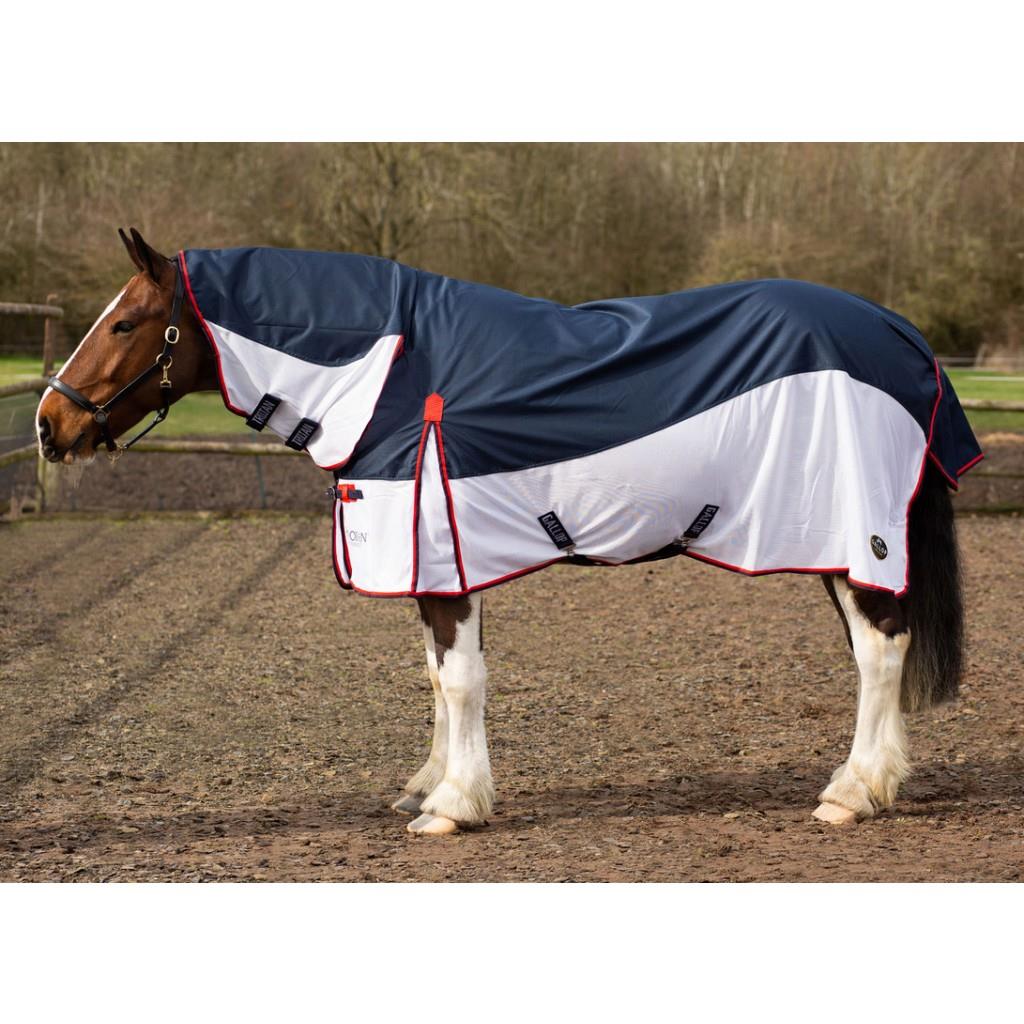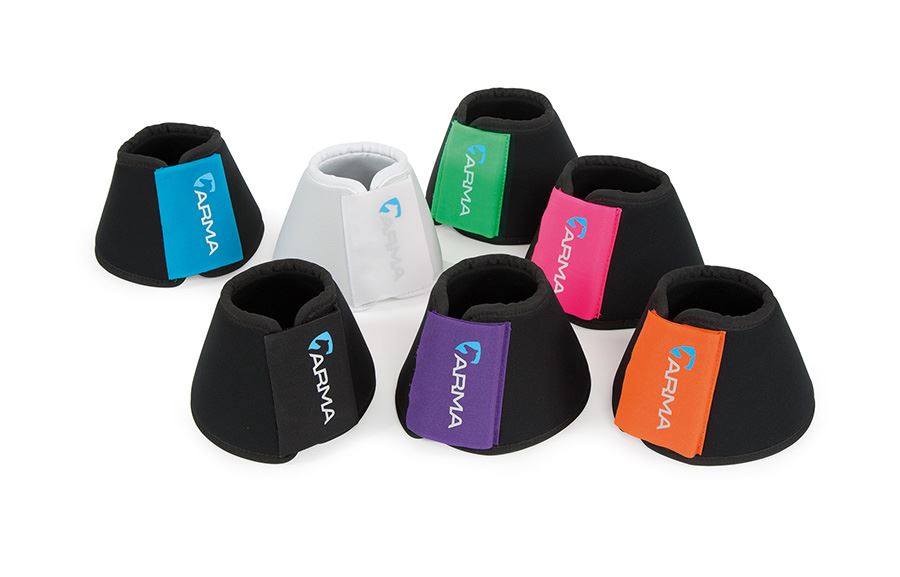Eastern Equine Encephalitis (EEE) and Equine Health: Lessons from a Morgan Mare in New York
On a seemingly ordinary September day in 2024, a 3-year-old Morgan mare in Jefferson County, New York became a spotlight case. This unvaccinated mare testing positive for Eastern Equine Encephalitis (EEE) serves as a sobering reminder of the silent but persistent threat that mosquito-borne diseases pose to equine health. With clinical signs as worrying as a politician trying to dodge a tough question, this case reinforces the importance of prevention and vigilance.
Symptoms: What Did the Morgan Mare Experience?
The afflicted horse presented with several alarming symptoms such as lethargy, fever, dull mentation, muscle fasciculations, and ataxia. The prognosis for horses with EEE is typically dire. When a horse is diagnosed with EEE, the news often comes with the subtlety of a sledgehammer, as the disease has a high mortality rate, reflecting a need for both preventative measures and early intervention.
Demystifying Eastern Equine Encephalitis
For those unfamiliar, EEE is a virus transmitted to horses primarily through mosquito bites. The culprits here are mosquitoes who've feasted on infected wild birds, their natural reservoirs. Unlike an all-you-can-eat buffet for germs, horses do not serve as effective transmitters because their blood viral loads remain too low to infect other creatures, including humans. Nevertheless, EEE stands out as one of the deadliest mosquito-borne diseases in the United States, casting a long shadow across the landscape of veterinary health.
Transmission and Prevention: Your Best Defense
Preventing mosquito bites is akin to playing defense in the Super Bowl—aggressive and necessary. Here are some tried-and-true strategies to protect yourself and your equine companions:
- Avoid Mosquito Bites: EPA-approved insect repellents like DEET, picaridin, or lemon eucalyptus oil can be lifesavers, especially when used at dawn and dusk, prime mosquito hours.
- Mosquito-Proof Homes: Repair screens and eliminate standing water to deter mosquitoes from breeding.
- Vaccinate Your Horses: Annual vaccinations are crucial and can be as life-saving as a fire extinguisher in a kitchen disaster. In high-risk areas, more frequent vaccines may be suggested.
- Indoor Safety: During peak mosquito activity, horses should be kept indoors and protected using approved repellents.
- Standing Water Control: Regular draining of troughs and employing mosquito dunks or fish that eat mosquito larvae can prevent mosquitoes from getting too cozy.
The Equine Disease Communication Center's (EDCC) Indispensable Role
The Equine Disease Communication Center (EDCC) provides indispensable support in cases like this. They act as the horse world's equivalent of the CDC, collecting and disseminating confirmed data about equine diseases. Their role in disease reporting helps ensure timely and informed responses, potentially saving horses' lives faster than a fireman's hose douses flames.
Vaccinations: A Crucial Shield
Vaccination remains the golden shield against EEE. Equine experts clearly yell from their digital rooftops for annual vaccinations, especially in high-risk zones. This practice significantly reduces infection risk, offering peace of mind the way a snug seatbelt calms a nervous flyer during turbulence.
Unpacking Other Mosquito-Borne Diseases
While EEE may hold the crown as the most severe mosquito-borne illness impacting equines, it is not a lonely monarch. Western Equine Encephalitis (WEE) and Venezuelan Equine Encephalitis (VEE) also wave their viral scepters. Much like EEE, these diseases use birds as reservoirs and mosquitoes as carriers, although their domains differ. To combat these royal threats, a nuanced strategy involving regional awareness and targeted vaccinations is key.
Conclusion: Vigilance is Key
The incident of the Morgan mare in New York paints a larger picture reminding the equestrian community of the persistent threat posed by mosquito-borne diseases. Consistent vaccination combined with mosquito control measures forms the backbone of safeguarding horses from EEE and similar threats. By staying proactive and informed, equine owners and caretakers can create an environment where their noble steeds can trot safely under the sun, free from viral invaders.
Credit: This article utilizes insights and data from the Equine Disease Communication Center (EDCC) and related sources, ensuring a robust understanding of current equine health challenges.


